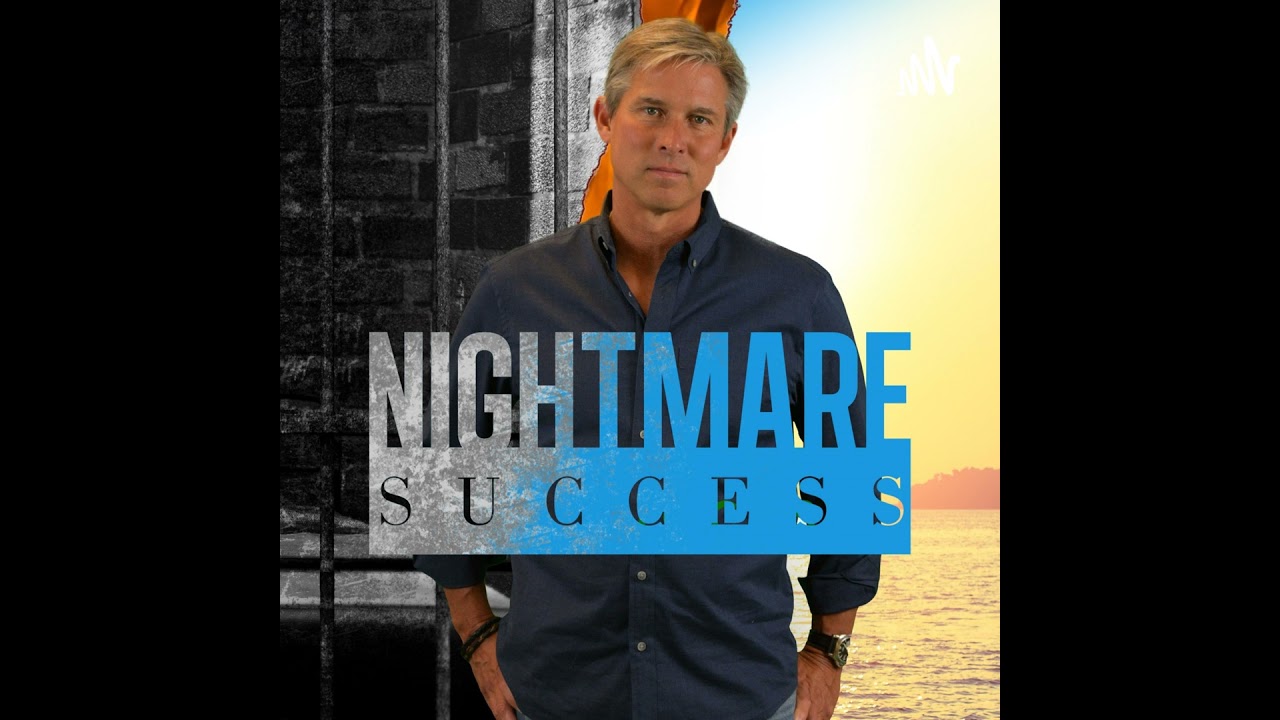Imagine a twelve year old girl, sitting on the edge of her bed in a dimly lit room, grappling with the reality that the man she loves is also the source of her greatest pain. This was the moment Stacey Lannert began to understand that the abuse she had endured for years was not just a part of her life; it was a violation that could no longer be ignored. As she sat there, the weight of her father’s duality hung heavy in the air, a confusing blend of love and fear that would lead her down a path she never anticipated. Stacey had what many would call a normal childhood, filled with the innocence of youth, blonde hair, and blue eyes.
But as she turned eight, her world began to fracture. The grooming process her father initiated was insidious, wrapped in a facade of normalcy that made it difficult for her to recognize the horror unfolding in her life. It wasn’t until her parents divorced at twelve, coinciding with her burgeoning awareness of her father’s actions, that the stark reality of her situation began to crystallize. She fought against the tide of confusion and isolation, desperately seeking help, yet feeling trapped in a cycle of fear.
But it was during this time of turmoil that a turning point emerged. The divorce marked a significant shift in her life, amplifying her feelings of isolation as her mother remarried and moved to Guam. Stacey’s realization that her father’s behavior was not normal ignited a spark within her. She began to push back against the abuse, a courageous act that would ultimately lead to a confrontation that would change everything.
The day Stacey killed her father was not just a moment of desperation; it was the culmination of years of trauma that had pushed her to her limits. The court’s decision to sentence her to life without parole was a harsh reality that she never imagined would be her fate. Eighteen years in prison became the backdrop of her life, shaping her in ways she could not have foreseen. During this time, she wrestled with feelings of solitude, grappling with the loss of her childhood, her family, and the ability to have children due to a medical condition diagnosed at seventeen.
Stacey’s journey did not end with her conviction. As she navigated the complexities of prison life, she found solace in education. She pursued a degree in psychology, a field that allowed her to delve deeper into the human experience and understand her own trauma. This pursuit of knowledge became a lifeline, leading her to a career as an attorney once she was granted clemency.
The moment she stepped into the role of a district defender in the Missouri state public defender’s office was not just a career change; it was a chance to rewrite her narrative and help others who found themselves lost in the justice system. As Stacey now advocates for those who have suffered abuse, her work is deeply rooted in her own experiences. She channels her pain into empowering others, raising awareness about the complexities of abuse and the often unforgiving nature of the legal system. In her own words, she reflects on how these experiences have shaped her purpose: “I want to be the advocate I needed when I was a child.” Stacey’s story is a profound reminder of the intricate layers of human experience.
The path from a troubled childhood to a purposeful life is rarely straight or easy. It is filled with twists, turns, and moments of clarity that can either break us or drive us forward. Stacey Lannert has chosen to use her past as a catalyst for change, transforming her pain into a mission that seeks to uplift others. The journey of navigating trauma, justice, and redemption is one that continues to unfold, reminding us all of the power of understanding and advocacy in a world that often feels chaotic and unjust.
As we reflect on Stacey’s journey, we are reminded that every story carries weight and significance. In sharing her experiences, she not only finds healing for herself but also offers a lifeline to others who may feel lost in their own struggles. It is through these connections and shared experiences that we can begin to foster a greater understanding of the complexities of human relationships and the importance of compassion in a fractured world.

